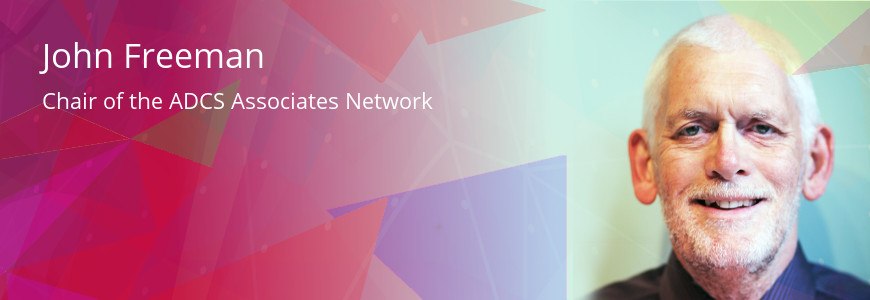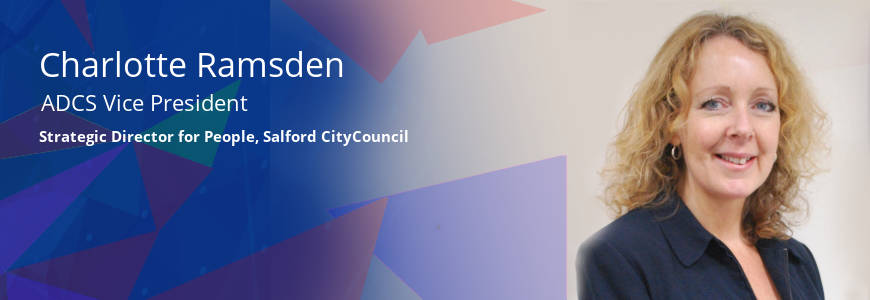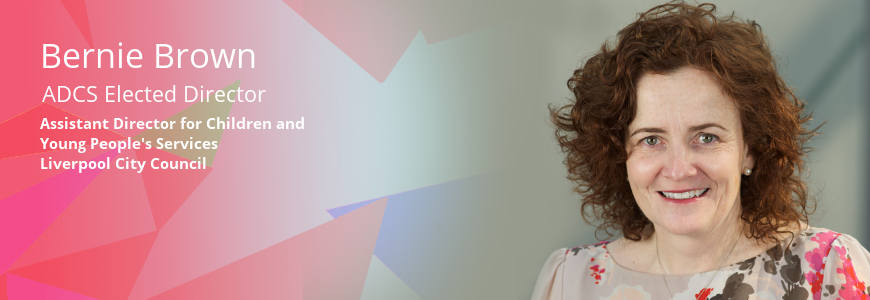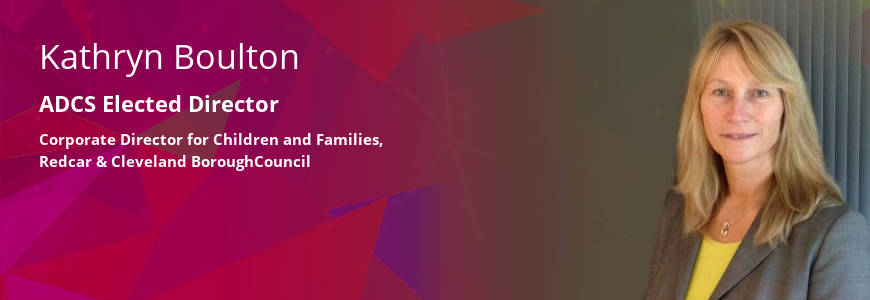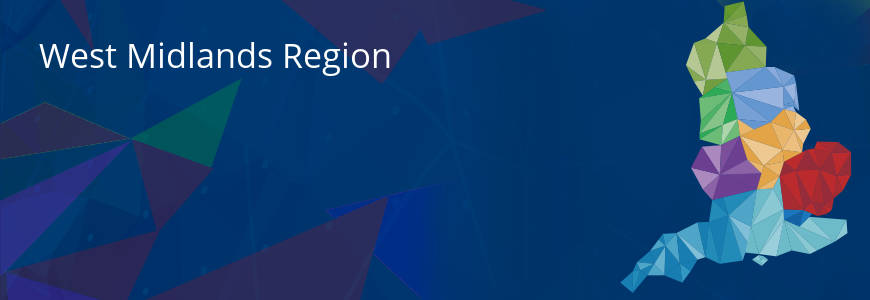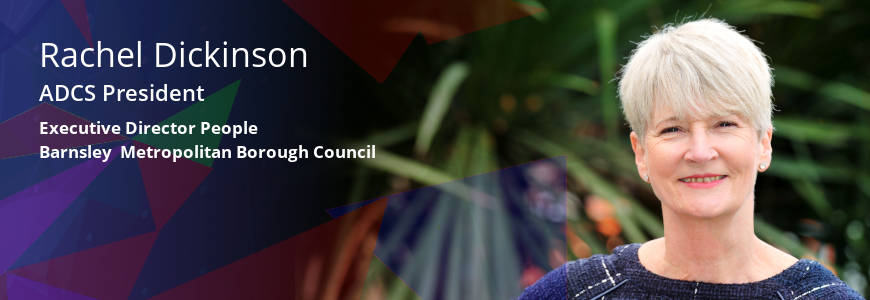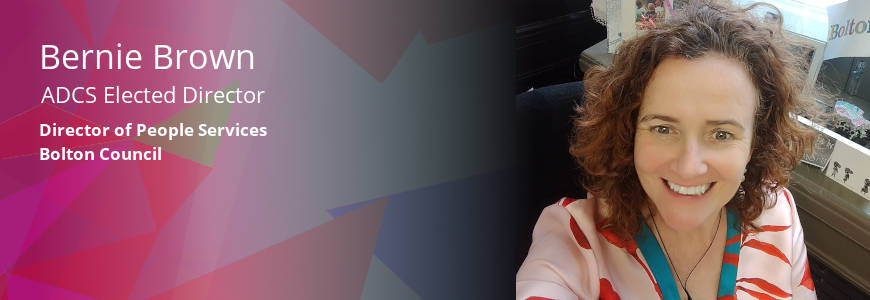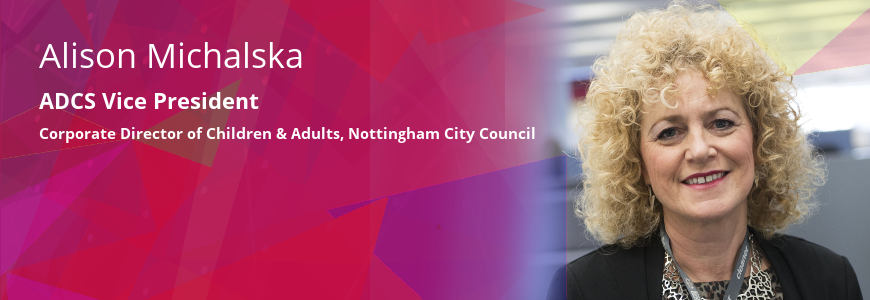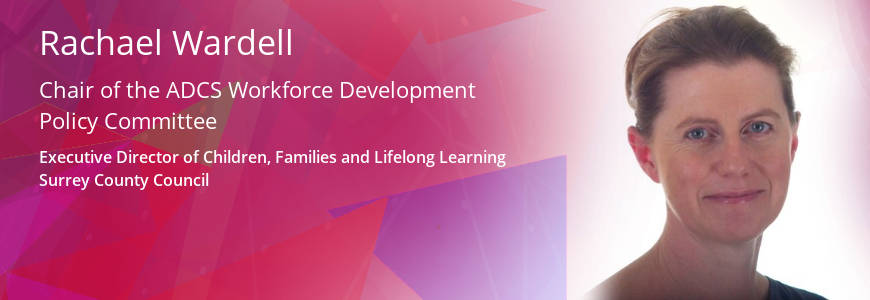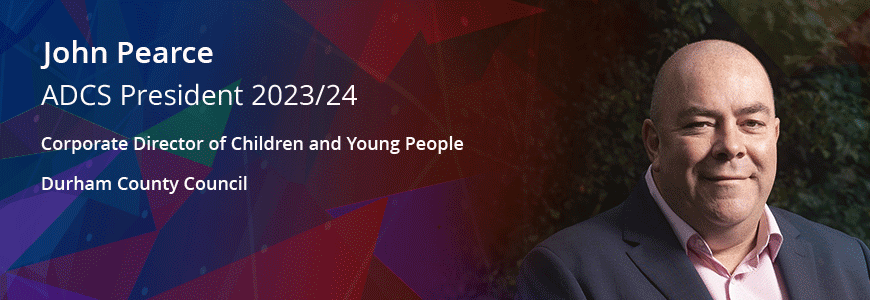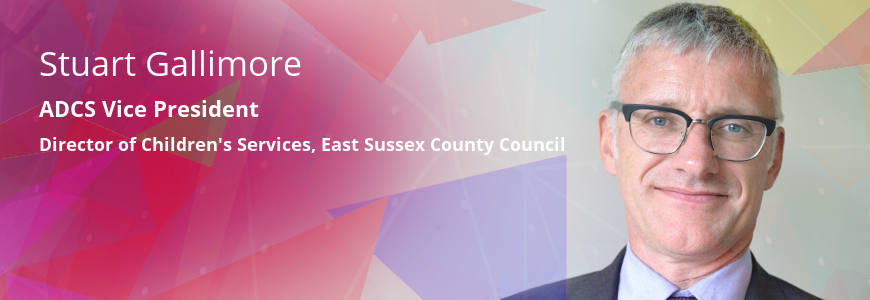Many colours of the rainbow
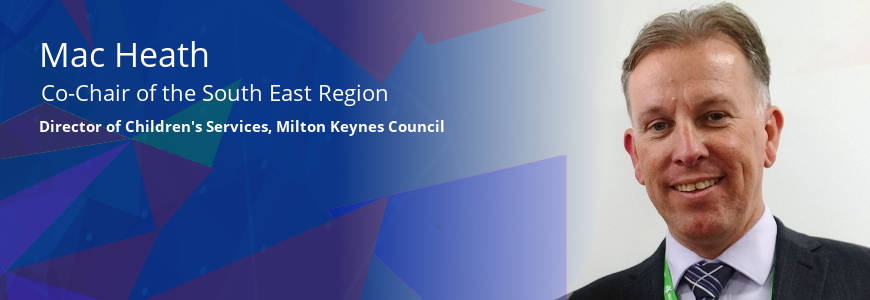
As a student social worker, I came to understand that anti-discriminatory practice was the cornerstone of my social work training that needed to underpin all I did, professionally and personally. We would all be expected to reflect on the approaches taken in working with a family in trying to promote change, and in undertaking any intervention consider how we were perceived by those families with whom we worked. Gaining insight into the barriers our children and families face, particularly in our BME communities, surely must continue to strengthen our commitment to build services that reflect the communities we serve and deliver support that gives improved access of opportunity.
As we contrast the challenges of social distancing with the protests following the death of George Floyd in Minneapolis, we continue to see the evidence all around us, in both the USA and UK, of unfairness and inequality. The disproportionate number of deaths from Covid-19, the impact of poverty and the under representation in positions of leadership of black and minority ethnic (BME) communities can only but give challenge as to the limit of the success in us achieving a fairer society that brings equality of opportunity.
Over the last few months, rainbows have been put up in the windows of houses and offices as a symbol of thanks to the NHS and key workers. Previously we saw the rainbow as a symbol to reflect the diverse nature of our communities, particularly in LGBT+ gatherings, and as a sign of hope and a promise of things to come. Martin Luther King Jr. championed a dream where people of all races blend together in peace and harmony like the colours resplendent in a rainbow, and Jesse Jackson echoed: ‘our flag is red, white and blue, but our nation is a rainbow.’
The events of the past two weeks cannot be attributed to a single moment but upon the endemic and entrenched presence of racism and prejudice still evident in our communities and across our society. The duty to challenge unfairness and inequality is on us all but the responsibility must weigh particularly heavy on those of us in a position to influence and evoke change. However the rainbow symbol is positioned, and surely we must see it as a sign of hope, we need to be intentional and committed to addressing the injustice of opportunity that we and our services see every day.
This year is the 60th Anniversary of the time when six-year-old Ruby Bridges was escorted by four armed federal marshals as she became the first student to integrate William Franz Elementary School in New Orleans. Her actions inspired Norman Rockwell’s painting The Problem We All Live With (1964). As we start to consider now the re-introduction of many of our children back into schools in the UK and the many difficulties they may face after months outside of our school settings, racism surely shouldn’t be one of the challenges that we continue to see at the level we do. We know many of those children and families who have suffered most during lockdown are those who haven’t been given same level of accessibility to opportunity that we would all want to consider is a right.
Even if we acknowledge the rainbow as a symbol of hope we often know that we are continuing to make decisions in a world where it is unclear as to what the true costs of the recent challenges have brought. However, we do know that as leaders of children’s services there is a responsibility on us, more than ever, to promote the voice of the oppressed and elevate opportunities for those who face the biggest hurdles by challenging injustice and prejudice across our areas of influence.
Related Blog Articles
Earlier this year I had the pleasure of joining members of ADCS Council of...
In Funding
As I prepared myself mentally for taking on the role of ADCS Vice President, I...
In General
I am writing this blog as we come to the end of another school year – it’s...
In General
Autumn is always a busy time for local authorities. Budget setting season is in...
In General
The West Midlands ADCS has been quietly unifying over a small but significant...
In General
Schools play a vital role in their local areas by widening opportunities for...
In Education
Welcome to my first ADCS blog since taking up my role as Chair of the South West...
In General
What has struck me in the midst of this crisis is the strength of our sector....
In General
So what do we mean by trust? Ask someone to define ‘trust’ and you’ll get...
In General
Like in most local authorities, children who are subjects of a child protection...
In Safeguarding & Child Protection
Last week the Association held its annual conference in Manchester. This event...
In General
We’re coming to the end of Social Work Week, with its theme: ‘Social Work...
In Workforce
One of my main priorities as ADCS President is to put a larger spotlight on the...
In Early Help & Families
Judging by the ADCS twitter feed and the DfE website ‘World Social Work Day’...
In Workforce
As I sit down to write this blog the ADCS Annual Conference 2019 has just...

